We Thought 'The Electric Slide' Was About Vibrators And It's Sadly Not (UPDATE)
Lots of songs are about sex and orgasms, but “Electric Boogie (The Electric Slide)” is not one of them.
No, despite rumors that made their way this week across social media and into some news outlets ― including HuffPost ― that song you danced to at your niece’s bat mitzvah and your cousin Sara’s wedding is not about a vibrator.
The outlet Aazios, an online source of LGBTQ news and entertainment, got the ball rolling on Tuesday when it reported an unnamed source “close to” the songwriter Neville Livingston, aka Bunny Wailer, had confirmed the song was about a vibrator. The publication said the source reached out to Wailer in Kingston, Jamaica, where he lives, to find the real meaning.
“I’m surprised it took people this long to figure out,” Aazios reported the source said.
But that interpretation is apparently not true. Livingston adamantly denied the rumor in a statement to EDM:
“At no time have I ever lent credence to a rumor that the song was inspired by anything other than Eddie Grant’s Electric Avenue,” he said. “To state otherwise is a falsehood and offends my legacy, the legacy of the singer Marcia Griffiths, and tarnishes the reputation of a song beloved by millions of fans the world over.”
Despite the truth being out there, people were rattled (yet excited) by the idea that the song could possibly have been about a sex toy:
How old were y’all when y’all found out the electric slide was about a vibrator? I was right now years old. Literally.
— TR (@TrevRichHD) June 28, 2018
Going over Cha Cha Slide and Cupid Shuffle lyrics because I missed the memo that the Electric Slide is about a vibrator and everything is a lie. pic.twitter.com/RW6f7W8QSC
— lauren warren (@iamlaurenp) June 27, 2018
What’s this I hear about “the electric slide” being about a damn vibrator pic.twitter.com/YzswHnv1OY
— Mik. (@imnotmikkishep) June 28, 2018
The writer of "The Electric Slide" song has confirmed it's about a vibrator, now it makes sense why women love dancing it to it at weddings while the men stand there not knowing what to do.
— Dan Regan (@Social_Mime) June 27, 2018
Caribbean people leaving the party now that we know The Electric Slide is about a vibrator pic.twitter.com/Ww82IPyPjb
— problematic aries ♈️ (@vintagexpast) June 28, 2018
Today I learned that Electric Boogie AKA The Electric Slide is about a vibrator and I’ve never laughed harder in my entire life about anything.
My faith in humanity is temporarily restored.— Bebo (@BoldBebo) June 28, 2018
The internet ruins everything 😭 Did you know “The Electric Slide” is about a vibrator? Yup. The internet broke down the lyrics and our childhoods have been ruined: https://t.co/Se8A0vmPY1 pic.twitter.com/OafbdyblUc
— MadameNoire (@MadameNoire) June 28, 2018
CORRECTION: A previous version of this piece reported as fact a story from another outlet indicating “The Electric Slide” was written about vibrators. The song’s writer later publicly stated the song was not about vibrators.
Also on HuffPost
Dr. Macaura's Pulsocon Blood Circulator (1880-1920)
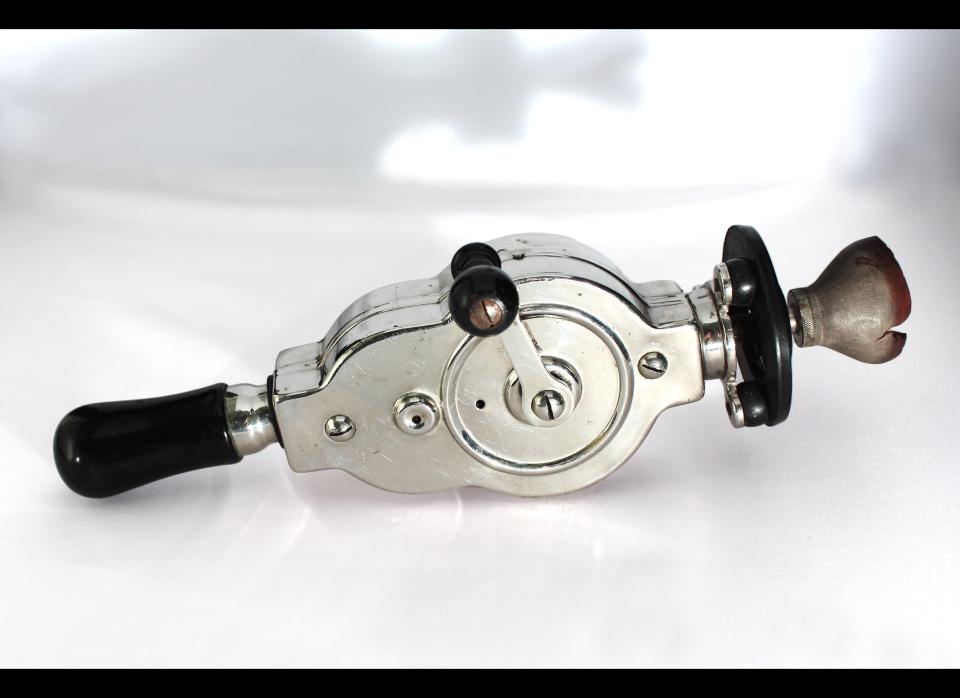
Dr. Johansen's Vibrator (1904-1907)
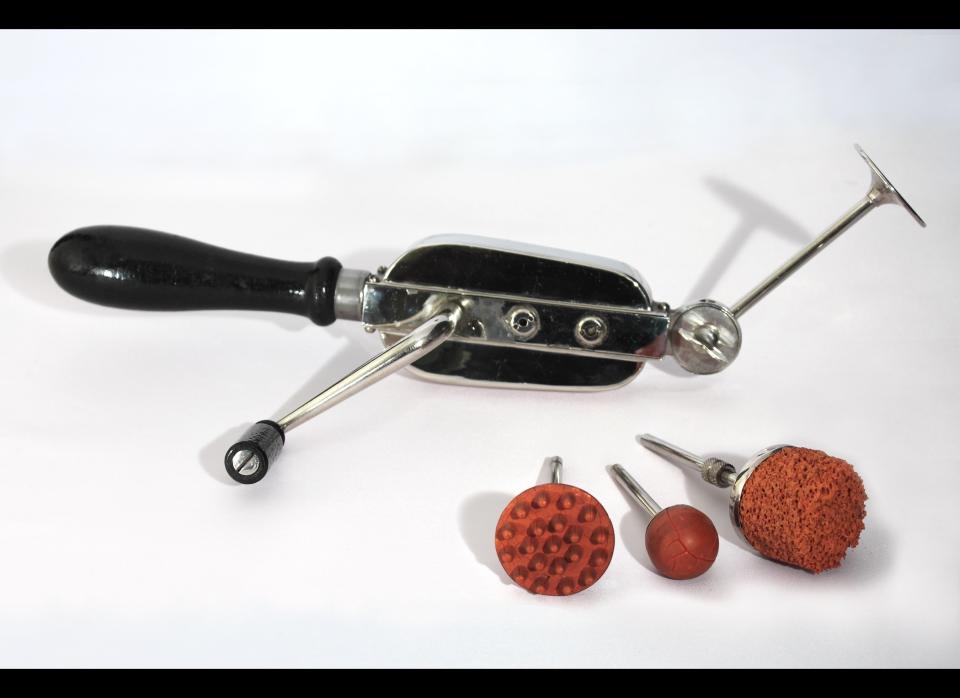
Detwiller Pneumatic Vibrator (1906)
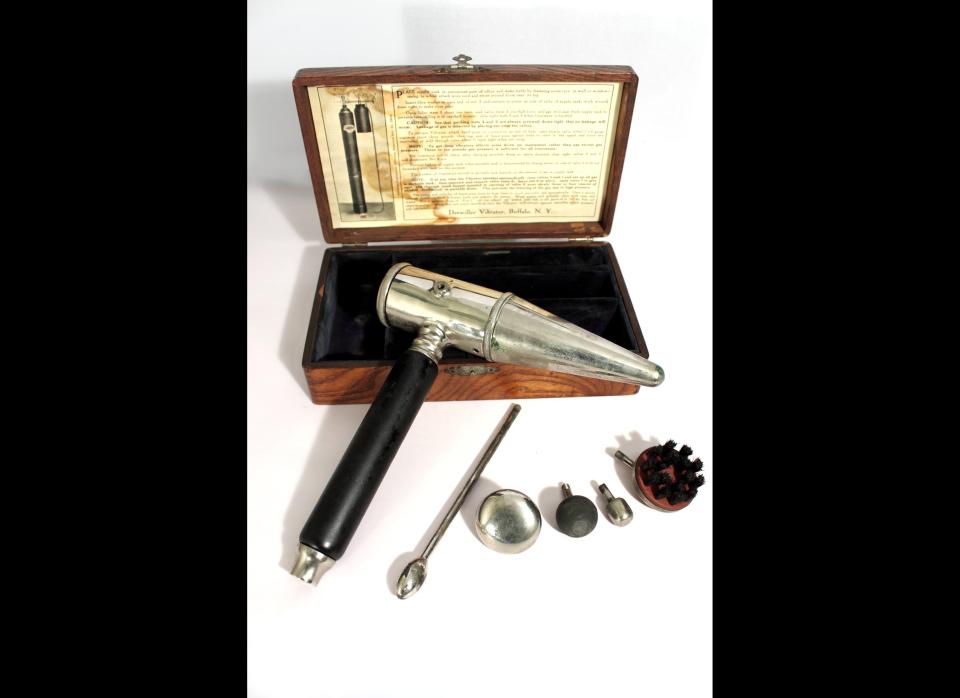
Polar Cub (1928)
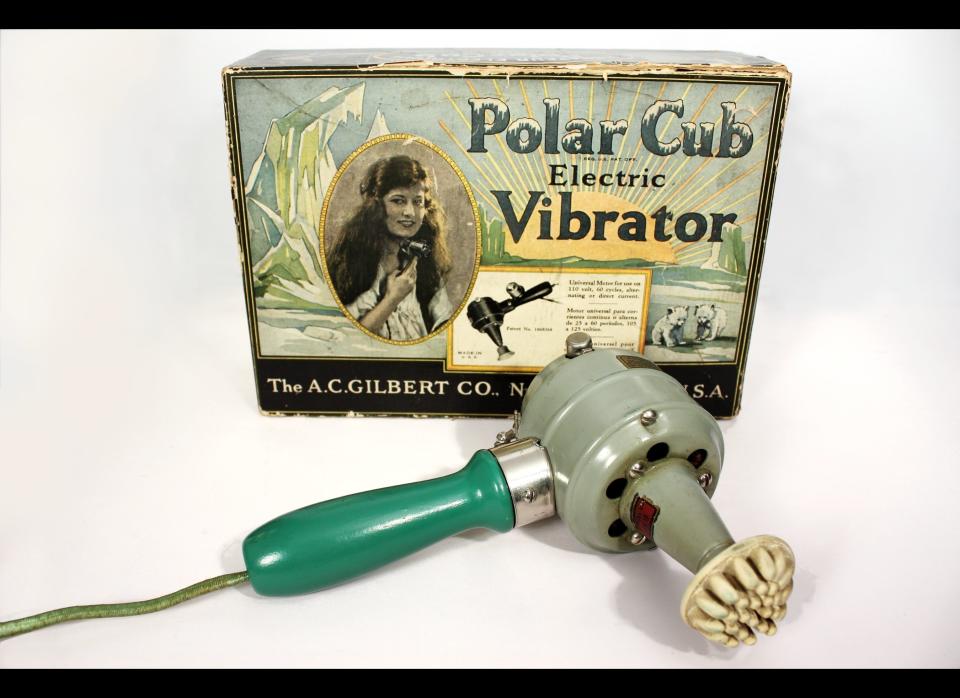
Vibrosage (1933)
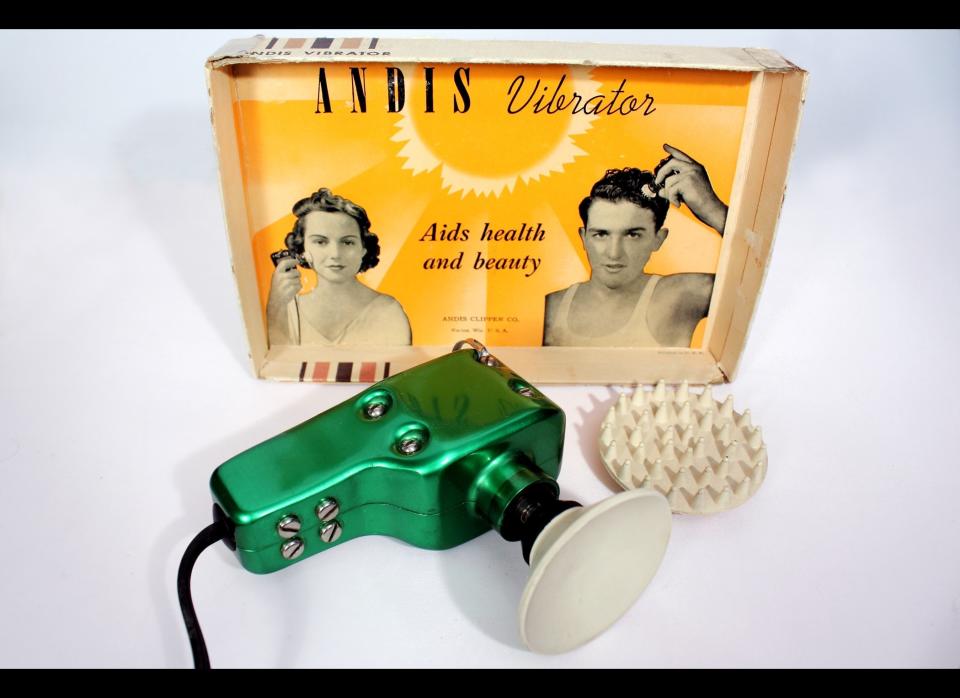
Redusaway (1940s)
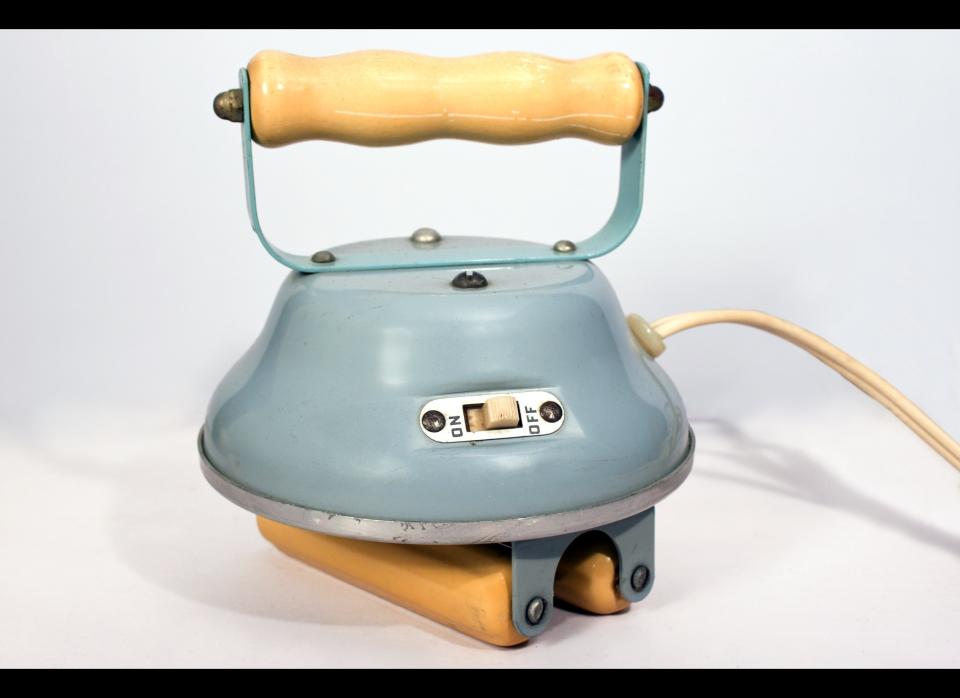
Rolling Pin Heat Massager (1932)
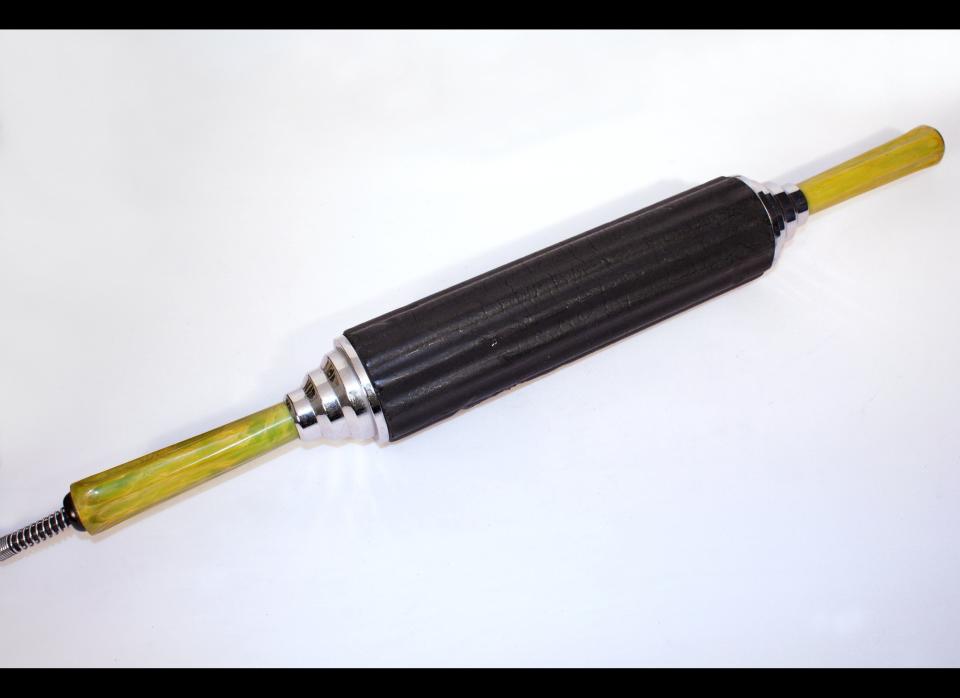
Spot Reducer (1950s)
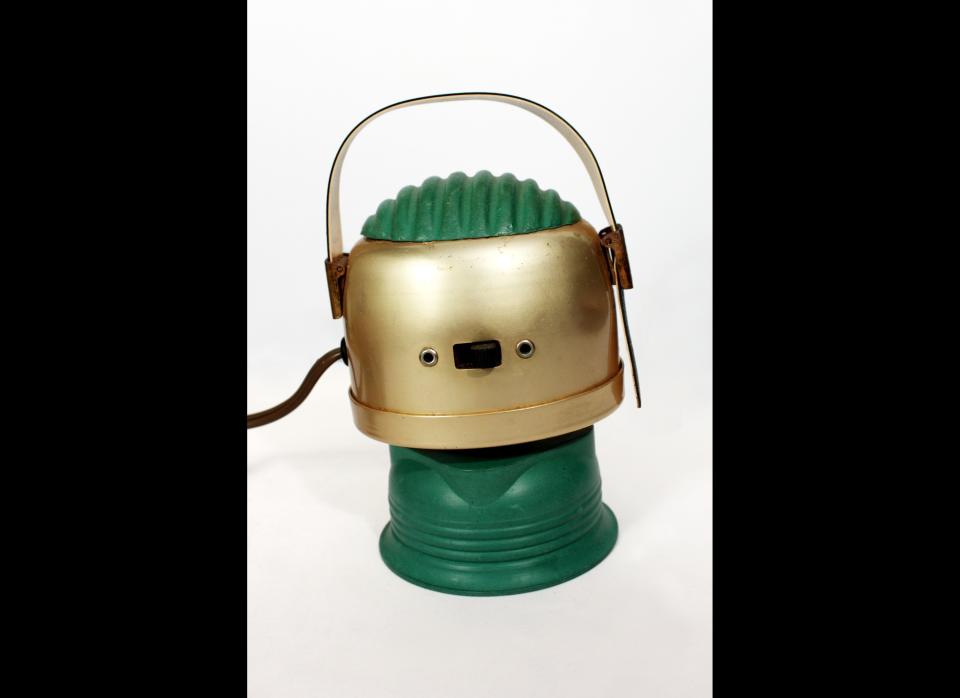
Stim-u-Lax (early 1960s)
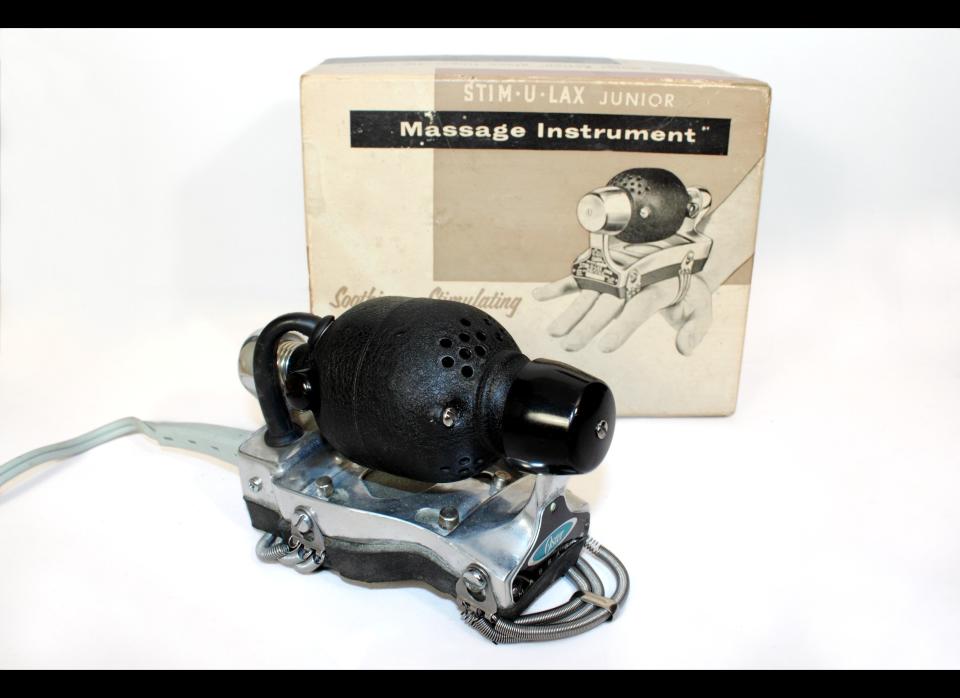
Hitachi (late 1960s-early 1970s)

Love HuffPost? Become a founding member of HuffPost Plus today.
This article originally appeared on HuffPost.

